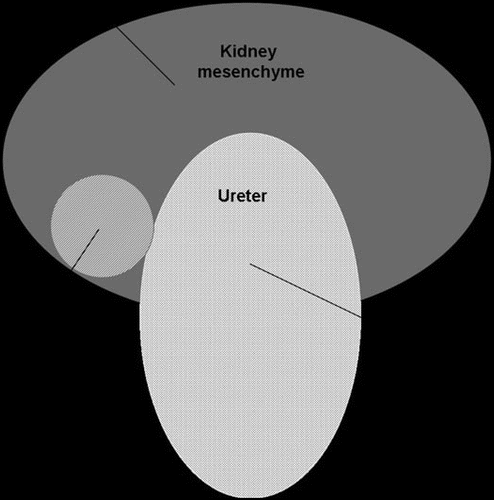Figures & data
Table 1 Association of the Wnt pathway components with kidney diseases
